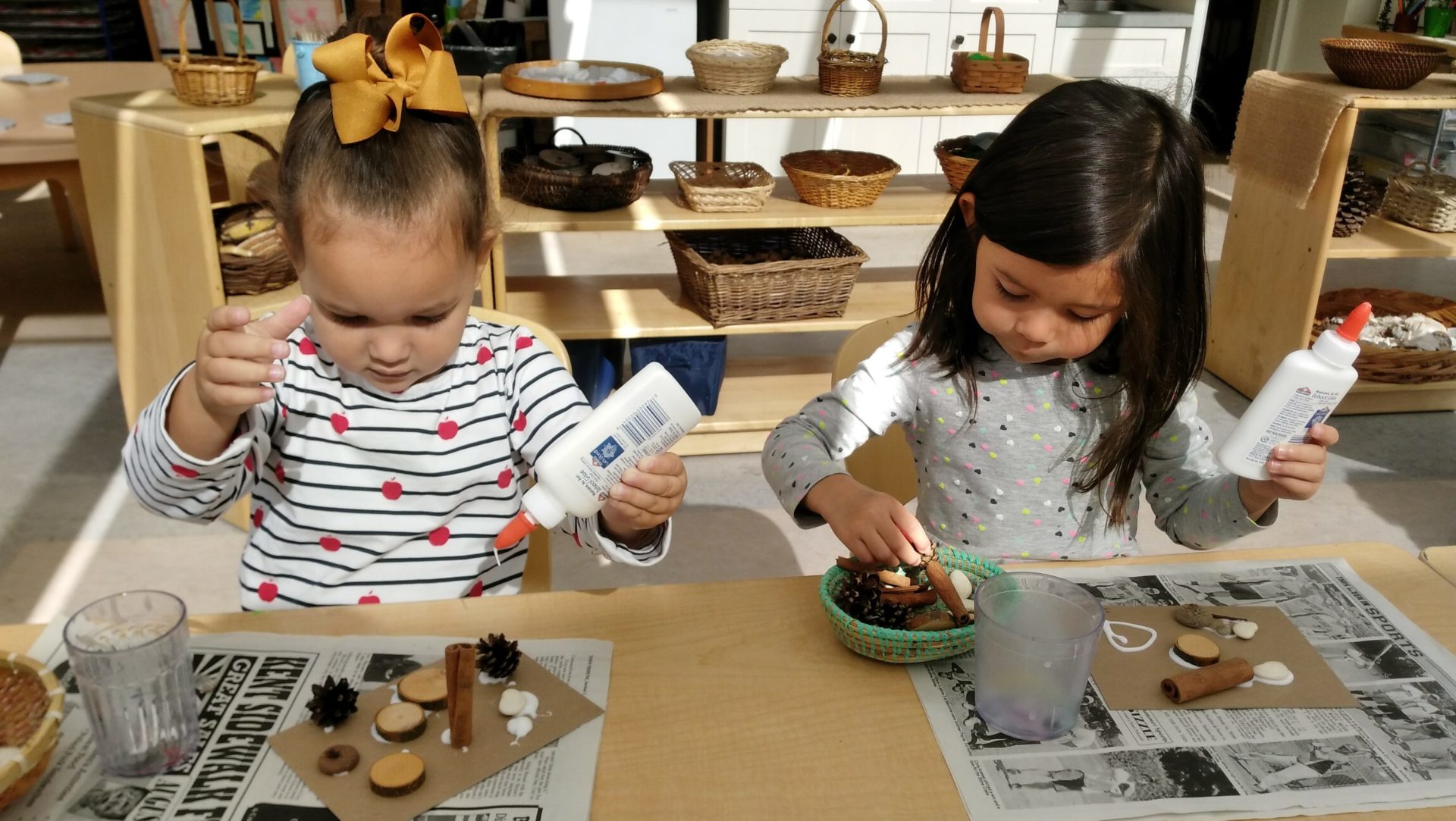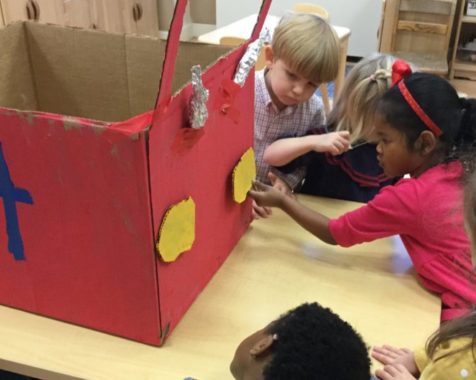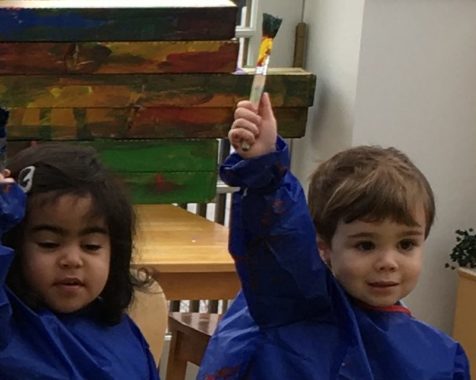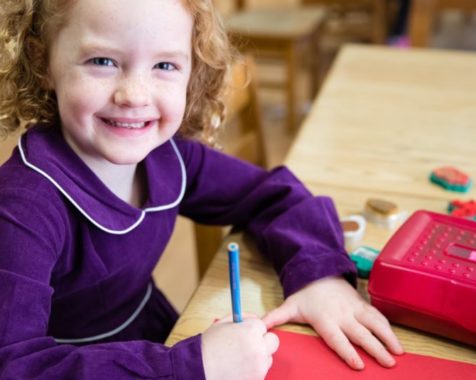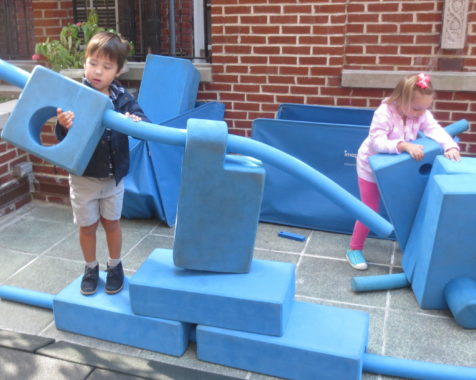The School’s mission, “to engage in project work that is grounded in topics of interest to the children,” is supported in the art curriculum. In the summer and fall of 2009 the School built an art studio, inspired by the Reggio Emilia approach, and the position of studio teacher was created. Each week classroom teachers meet with the studio teacher to discuss ways in which potential or ongoing projects might be enhanced and supported by art techniques and/or materials. The studio teacher is also available as a resource for teachers to help them collect both natural and recycled materials, to supply high quality art materials, and to brainstorm ideas, as well as conduct workshops and demonstrations.
The art studio is equipped with materials and furniture for work in; woodworking, clay, painting, drawing, printing, wire sculpture, collage, paper making, sewing and weaving.
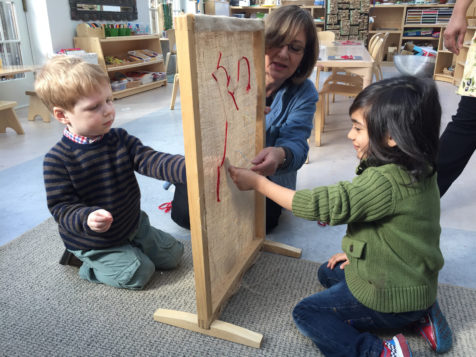
Children visit the art studio once a week, as well as during other unscheduled blocks of time when requested by the classroom teacher. They are taught techniques for using varied materials properly and safely and then given opportunities to explore and experiment with materials independently (e.g. watercolor paints, woodworking tools). The children are also encouraged to discuss and collaborate with one another in creating ongoing projects.
In addition to work done in the art studio, children are exposed to art on a daily basis both formally and informally in their classrooms. It is important for the development of children’s creativity to provide the kinds of open ended art activities that enable children to explore with minimal teacher direction or assistance and that focus on the process rather than the product.
When materials and activities such as easel painting and play dough are regularly accessible during activity time, children can become deeply absorbed, as they discover the satisfaction of experimentation and self expression. As soon as they are able to handle them independently, children can choose from a number of tools and materials available in work centers (e.g. different kinds of paper, scissors, hole punchers and staplers; tape and glue; and crayons, pencils and assorted markers).
Teachers also plan daily art activities to introduce children to many kinds of media (e.g. watercolors, chalk or modeling materials), art forms (e.g. collage and construction and mobiles) and techniques (e.g. crayon resist or stenciling). They help children to become familiar with the properties of different media and to understand such concepts as design, color, shape, and texture. Children are encouraged to explore, to find their own styles and to appreciate the work of others.
Documentation is a key element of the project approach, and although process is always more important than product in children’s art experiences at The Brick Church School, display of their artwork, along with opportunities to showcase their work for other classes, parents, or the larger community, provides children with a great sense of pride and accomplishment.

